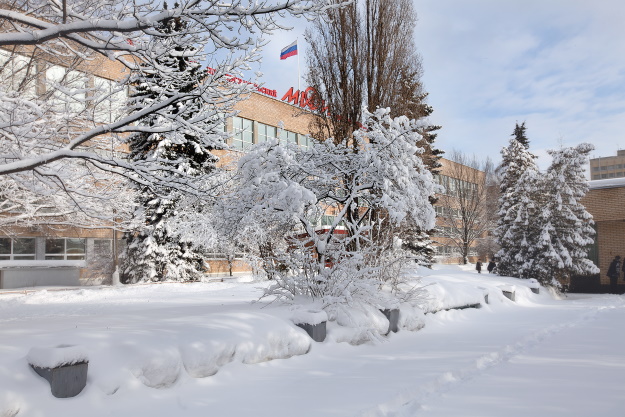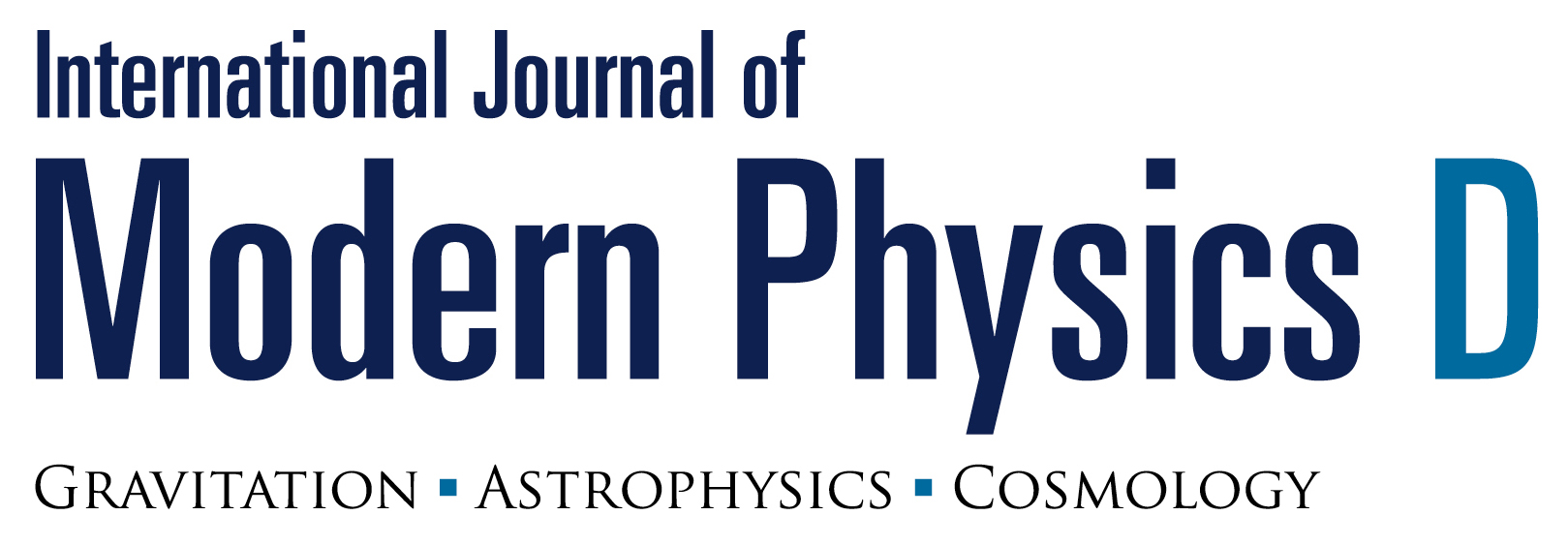The spectroscopy of higher lying charmonium states together with exotic mesons with masses above the $2\,m(D)$ open charm threshold has been full of surprises and remains poorly understood [1]. It is a good testing tool for the theories of strong interactions, including: QCD in both the perturbative and non-perturbative regimes, LQCD, potential models and phenomenological models. The experiments with antiproton-proton annihilation, proton-proton and proton-nuclei collisions are well suited for a comprehensive spectroscopy program, in particular, the spectros-copy of chamonuim and exotics states.
The currently most compelling theoretical descriptions of the mysterious XYZ mesons attrib-ute them to hybrid structure with a tightly bound diquark [2] or tetraquark core [3 - 5] that strongly couples to S-wave molecular like structures. In this picture, the production of a XYZ states in high energy hadron collisions and its decays into light hadron plus char-monum final states proceed via the core component of the meson, while decays to pairs of open-charmed mesons proceed via the component.
These ideas have been applied with some success to the XYZ states [2], where a detailed calcu-lation finds a core component that is only above 5% of the time with the component (mostly) accounting for the rest. In this picture these states are compose of three rather disparate components: a small charmonium-like core with rrms < 1 fm, a larger component with rrms $\approx 1.5$ fm and a dominant component with a huge, rrms ≈ 9 fm spa-tial extent.
In the hybrid scheme, XYZ mesons are produced in high energy proton-nuclei collisions via its compact (rrms < 1 fm) charmonium-like structure and this rapidity mixes in a time ($t\sim\hbar/\delta M$) into a huge and fragile, mostly , molecular-like structure. $\delta M$ is the difference between the XYZ mass and that of the nearest mass pole core state, which we take to be that of the $\chi c1(2P)$ pure charmonium state which is expected to lie about $20\sim30$ MeV above m(X(3872)) [6, 7]. In this case, the mixing time, cτmix $5\sim10$ fm, is much shorter than the lifetime of X(3872) which is $\chi\tau X(3872) > 150$ fm [8].
The near threshold production experiments in $\sqrt{s}_{pN}\sim 8$ GeV energy range with proton-proton and proton-nuclei collisions with$\sqrt{s}_{pN}$ up to 26 GeV and luminosity up to $10^{32}cm^{-2}s^{-1}$ planned at NICA may be well suited to test this picture for the X(3872) and other exotic XYZ mesons [9]. Their current experimental status together with hidden charm tetraquark candidates and present simulations what we might expect from A-dependence of XYZ mesons in proton-proton and proton-nuclei collisions are summarized.
References
[1] S. Olsen, Front. Phys. 10 101401 (2015)
[2] S. Takeuchi, K. Shimizu, M. Takizawa, Progr. Theor. Exp. Phys. 2015, 079203 (2015)
[3] A. Esposito, A. Pilloni, A.D. Poloza, arXiv:1603.07667[hep-ph]
[4] M.Barabanov, A.Vodopyanov, S.Olsen, A. Zinchenko, Phys. Atom. Nuc. 79, 1, 126 (2016)
[5] M. Barabanov, A. Vodopyanov, Study of Charmonium-Like Structure in Hadron and Heavy Ion Collisions, Physics of Atomic Nuclei, V. 84, N. 3, (2021) 373–376
[6] Isgur, Phys. Rev. D 32, 189 (1985)
[7] K. Olive et al. (PDG), Chin. Phys. C 38, 090001 (2014)
[8] The width of X(3872) is experimentally constrained to be Г X(3872) < 1.2 (90% CL) in S.-K. Choi et al (Belle Collaboration), Phys. Rev. D 84, 052004 (2011)
[9] M. Barabanov, J. Segovia, C.D. Roberts, E. Santopinto et al., "Diquark correlations in hadron physics: origin, impact and evidence", Progress in Particle and Nuclear Physics 116 (2021) 103835








